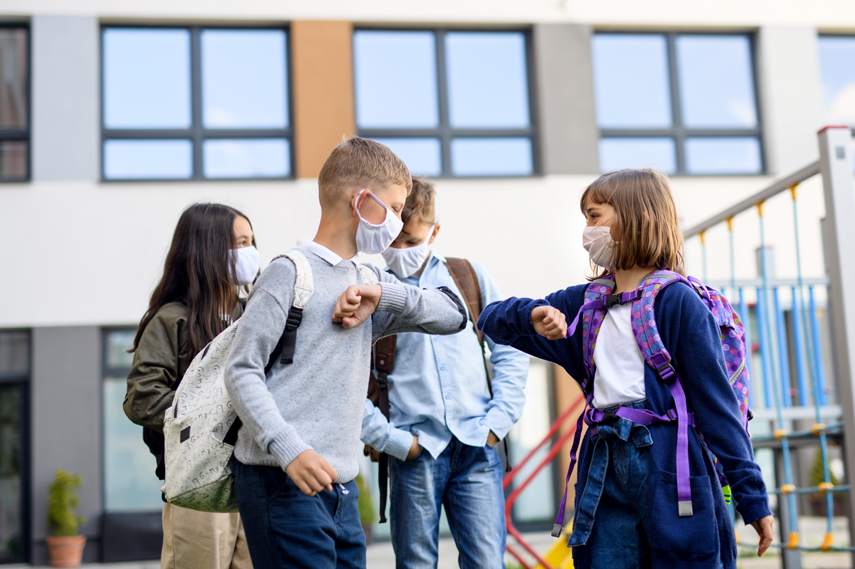
In the spring of 2020, school boards and superintendents across the U.S. were faced with a dreadful decision: Keep classrooms open and run the chance of more COVID-19 fatalities, or close schools and sacrifice students’ learning. In the name of safety, many districts chose the latter, closing schools for extended periods and thereby sending a jolt across the entire education system. Such closures came at so hefty a price: A significant decline in children’s achievement overall — far greater than most educators and parents seem to realize.
Despite that, a new report offers a glimpse of hope: By the end of the last school year, for the first time since the pandemic began, many students had resumed a normal pace of academic growth. Even yet, the pace was far too slow to have made up for such steep learning losses. At this rate, according to the report released by NWEA, a nonprofit organization that offers academic assessments to schools, elementary school students may need at least three years to catch up to where they would have been, had the pandemic not occurred, while middle school students may need five years or more. It is going to take above-average growth to get us out of this situation. The alarm has been raised about the magnitude of intervention needed.
In response to that, the federal government allocated about $190 billion — its largest ever one-time investment — to American schools for them to devise interventions to prevent the losses from becoming permanent. Among the most popular alternatives are frequent, small group tutoring, double-dose math, and voluntary summer school. Frequent, small group tutoring involves a trained tutor working with one to four students at a time, three times a week for a whole year, making it one of the best, yet most expensive, alternatives that may yield the equivalent of 19 weeks of instructional gain.
Nonetheless, given the magnitude and breadth of the losses, educators should not see tutoring, despite its effectiveness, as the sole answer to the problem; It cannot single-handedly make up for the worst of the pandemic’s impending impact. School systems are in dire need of a patch big enough to close the gap. And that is where the other two come into play. Voluntary summer school typically may yield roughly five weeks of instructional gain per student, while double-dose math — doubling math instructions over an entire school year — may yield a bit more, up to ten weeks of instructional gain.
Nevertheless, each has its disadvantages. Much like tutoring, double-dose math will be challenging to scale up; Amid a historically competitive job market, staffing the additional sections of math requires hiring more math teachers. Yet, unlike tutors, who can be contractors, districts are reluctant to employ permanent teaching staff for a short-term catch-up effort. Meanwhile, summer school has historically struggled with low student attendance; In a typical pre-pandemic year, only about six percent of students attended summer school. Even if districts managed to triple that number, they would still fall far short of the enrollment levels required to reverse the learning losses.
As a result of the foregoing, it may be inferred that many common interventions fall short of being able to make up a gap of that colossal scale. In addition, it is improbable that every student in need of help would get all of these interventions. Even with an influx of federal funding, there is often not enough money to provide all students the full support they need. The most recent estimates also suggest that many students might continue to need help long after the funding is depleted. By September 2024, school districts must allocate the last of their funding.
Therefore, the sole issue at hand is whether state and local governments would acknowledge the magnitude of the educational damage and provide compensation to students. Whether or not adults disagree on whether school closures were justified, in any case, should students not be forced to foot the tab for a public-health measure taken on everyone’s behalf? This engenders a tremendous sense of urgency, speaking to educators that they have a moral imperative to look at this data and do something differently.
Credit:
- https://www.nytimes.com/2022/07/19/us/pandemic-learning-loss-recovery-time.html
- https://www.theatlantic.com/ideas/archive/2022/05/schools-learning-loss-remote-covid-education/629938/

